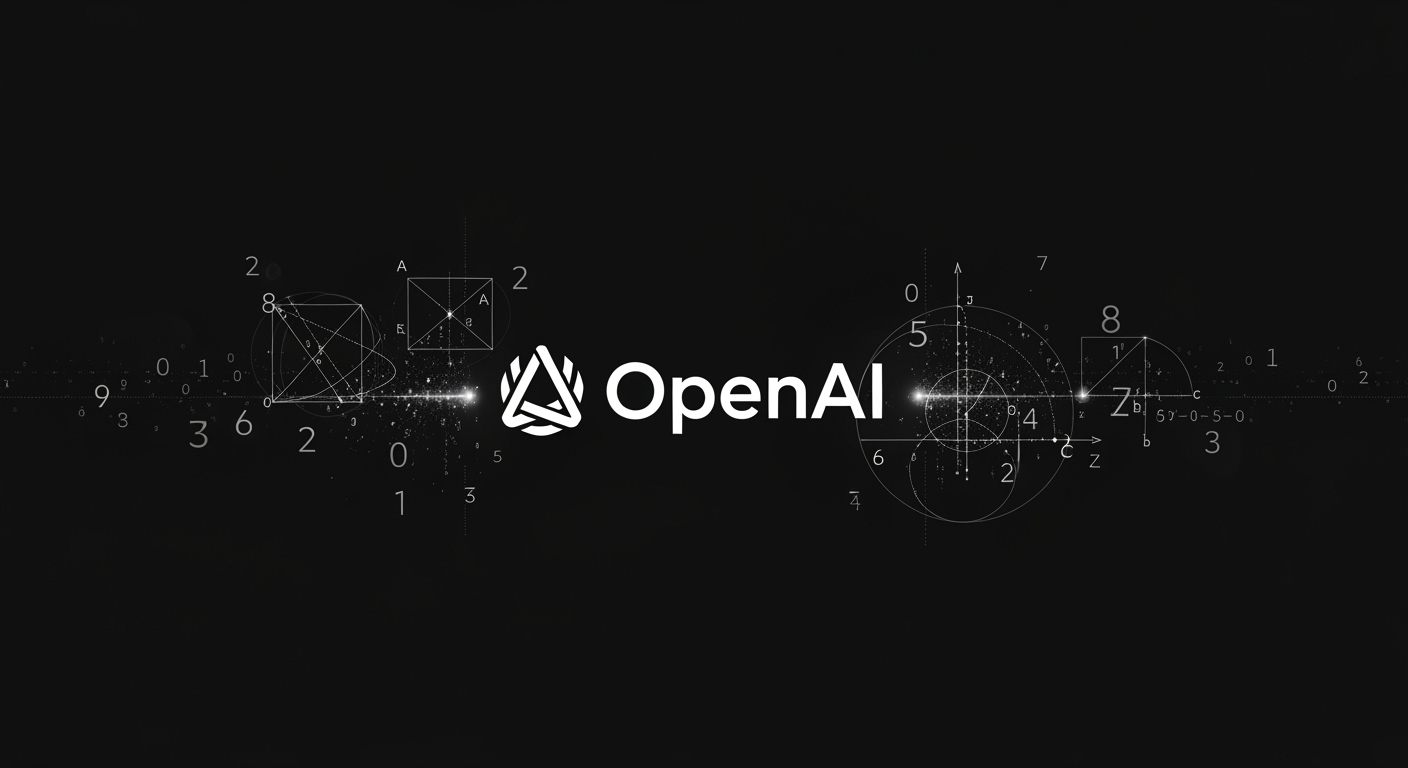Why Mobile Vibe Coding Apps Struggle to Gain Momentum in 2025

Mobile Vibe Coding Apps: Still Waiting for Their Breakthrough
In 2025, AI-powered vibe coding startups have made headlines for their sky-high valuations and rapid adoption—at least on desktop platforms. However, when it comes to dedicated mobile apps for vibe coding, the story is far less impressive. Despite the growing popularity of AI-assisted coding tools overall, mobile-specific offerings have largely failed to gain significant traction among users or generate meaningful revenue.
Downloads Lag Despite Market Buzz
According to recent global app store data from Appfigures, only a handful of mobile apps focused on vibe coding have registered any notable activity. For example, Instance: AI App Builder leads the way with just 16,000 downloads and $1,000 in consumer spending. The next runner-up, Vibe Studio, recorded only 4,000 downloads and hasn’t generated revenue.

The market for these apps remains nascent, and while new entrants are emerging—such as Vibecode, which launched with $9.4 million in seed funding—there’s still no breakout success on mobile platforms.
Desktop Remains the Preferred Platform
Most developers and tech enthusiasts experimenting with vibe coding continue to use desktop environments. This is where AI coding assistants are more robust and integrations with professional tools are deeper, offering a smoother workflow compared to what’s currently possible on mobile.
Vibe Coding’s Indirect Impact on Mobile
Interestingly, vibe coding is having an indirect impact on the mobile landscape. Instead of dedicated vibe coding mobile apps, many AI-powered features are embedded within other mobile apps. For example, RevenueCat, a subscription management platform, supports over 50,000 apps—including many that use AI-generated code. RevenueCat reports that more than 35% of its new signups in Q2 2025 came from AI-driven referrals, a significant jump from below 5% just a year ago. This indicates that while standalone vibe coding apps aren’t taking off, the technology itself is quietly powering a growing number of mobile applications.
What’s Holding Back Mobile Vibe Coding?
Several industry voices suggest that the technology isn’t quite ready for mass adoption on mobile. Developers report that AI-generated code often requires additional debugging and oversight. For instance, a recent Fastly survey found that 95% of nearly 800 developers spent extra time fixing AI-generated code.
Developer Interest Remains High
Despite these hurdles, developer interest in AI-assisted coding continues to surge:
- A 2025 Stack Overflow survey found that 84% of respondents are using or planning to use AI tools in their development process, up from 76% the previous year.
- The Information reported that 75% of surveyed developers have tried vibe coding tools.
- A Jellyfish study published in May 2025 revealed that 90% of software professionals had integrated AI into their workflow, up from 61% last year.
The Road Ahead
While there is no question about the appetite for AI-powered development, the mobile experience still lags behind desktop in terms of usability and developer trust. But with ongoing improvements and new entrants like Vibecode, it’s likely only a matter of time before a mobile vibe coding app finally breaks through.





